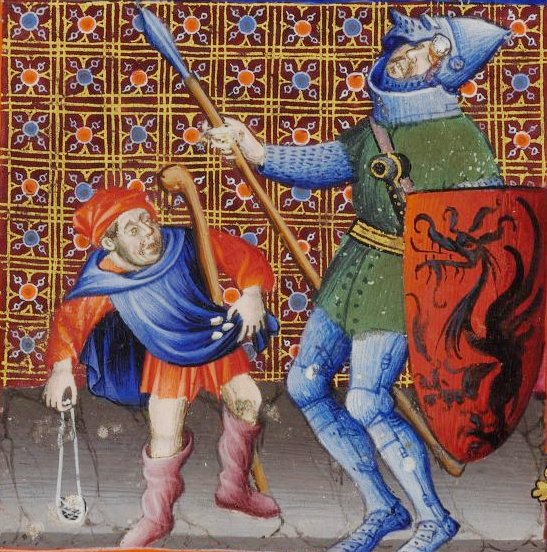In the multitude of my thoughts within me thy comforts delight my soul.
(Psalm 94:19)
Martha, Martha, thou art careful and troubled about many things: But one thing is needful:and Mary hath chosen that good part, which shall not be taken away from her.
(Luke 10:41-42)
Both David (the psalmist) and Jesus draw a contrast between the drain on resources caused by multiplicity and the peace to be derived from simplicity. David describes an internal environment and Jesus an exterior one but, of course the two are intimately linked.
Martha’s busy-ness was concerned with the tricky task of being a good hostess for an horde of visitors which meant having to juggle several balls in the air at the same time. Mary was simply concerned about sitting at the feet of our Lord and learning from Him.
Anyone who has tried meditating will recognise David’s description. Our body may be as still as Mary’s but our mind is, like Martha, bustling around like a shuttlecock from one thing to another and, very often, back again. The key difference, though, is that Martha’s activity is purposeful and useful whereas the thoughts rattling around inside our head are often neither. Both of the sisters are focussed on Jesus, just in different ways. A contrast is often made between Mary as emblematic of the contemplative life and Martha of the active one. This is true so far as it goes there is, however, what Al Gore would no doubt call ‘that little known third category‘ where action follows contemplation…to read more click here







 Instructions for Parents I recommend that you meditate on Luke 17:11-19 in your own prayer time before presenting it to your kids. If you’re not sure how to do this, look at
Instructions for Parents I recommend that you meditate on Luke 17:11-19 in your own prayer time before presenting it to your kids. If you’re not sure how to do this, look at 